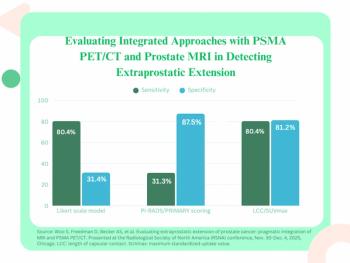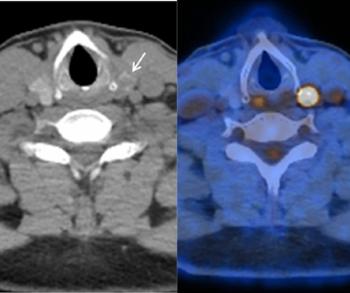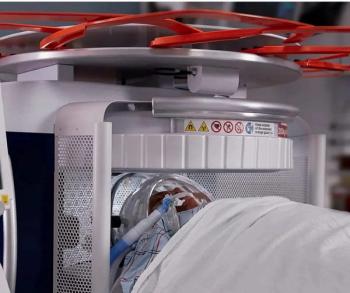
U.K. study finds PACS associated with exam increases and decreases
Gains attributed directly to healthcare IT are difficult to quantify. A large U.K. study that recently attempted to assess the impact of PACS and computerized physician order entry on clinical and operational efficiencies within the National Health System found each component associated with both increases and decreases in clinical tests and examinations.
Gains attributed directly to healthcare IT are difficult to quantify. A large U.K. study that recently attempted to assess the impact of PACS and computerized physician order entry on clinical and operational efficiencies within the National Health System found each component associated with both increases and decreases in clinical tests and examinations.
"Assumptions of substantial efficiency gains from healthcare IT might be unrealistic," said Simon Collin, a medical researcher in the department of social medicine at the University of Bristol.
The study examined inpatient, outpatient, and day patient data collected over five years from radiology departments and patient administration systems at four NHS acute hospital trusts in England (J Digit Imaging 2008 Oct 31 [Epub ahead of print]). NHS is currently undergoing a major transformation in healthcare IT under a project called the National Plan for IT.
Results showed changes associated with PACS and CPOE could be interpreted as anticipated (beneficial) or unanticipated (detrimental) in terms of operational efficiencies. Collin said.
For instance, PACS was associated with a reduction in repeat plain x-ray films at outpatient appointments and a reduction in inpatient CT. Conversely, PACS was also associated with increases in outpatient CT requests and CT repeated within 48 hours during inpatient stays.
Evidence for possible efficiency gains due to CPOE was most apparent in the reduction of outpatient tests, such as complete blood count, urea, and electrolytes. At the same time, Collin found that CPOE was associated with nearly a fourfold increase in the use of urea and electrolyte tests among day case patients.
While the main strength of the study is its scale and scope, Collin said clustering by site and specialty gave rise to large standard errors.
"Closer linkage with qualitative research would enable a better understanding of quantitative findings," he said.
For example, his study, like almost all previous studies, failed to detect any consistent or plausible beneficial impact of CPOE or PACS on outcomes such as length of patient stay.
"We could interpret the lack of effects of secondary outcomes to mean that, while CPOE and PACS might bring important qualitative improvements to the process of clinical care, particularly by making life easier for clinicians once they become familiar with the systems, these benefits are difficult to quantify and detect on a macroscopic hospital-wide or trustwide scale," Collin said.
Newsletter
Stay at the forefront of radiology with the Diagnostic Imaging newsletter, delivering the latest news, clinical insights, and imaging advancements for today’s radiologists.




























